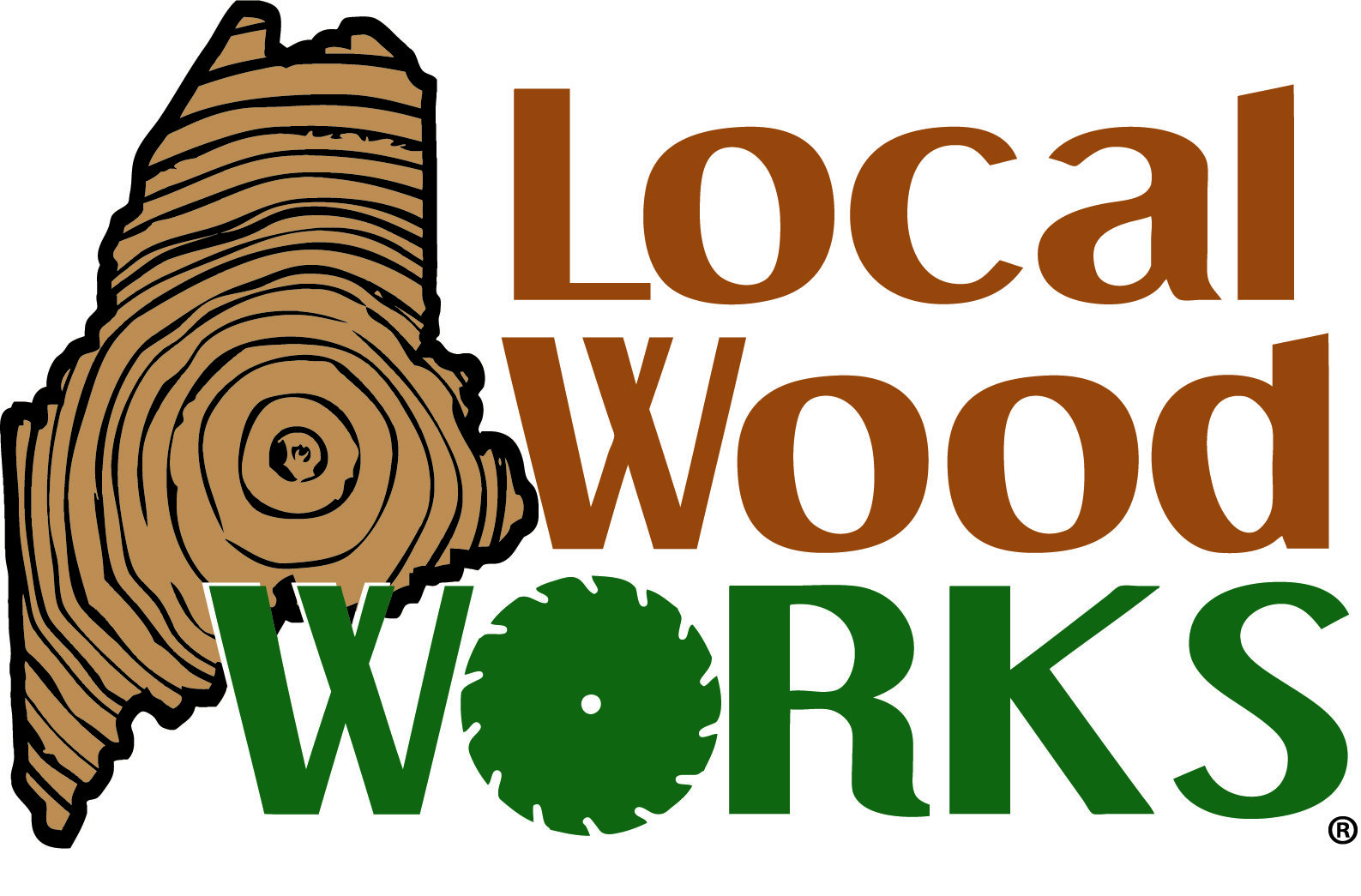Gardiner business saves street trees from the chipper
Some of Maine biggest trees grow in urban areas. Sadly, at the end of their lives, many of them are chipped into landscaping mulch, at some cost to municipalities.
Niles Krech of Maine Urban Timber
Niles Krech thinks there’s a better way and has launched a business to demonstrate. Maine Urban Timber Company buys logs from tree service companies, saws them into slabs that are kiln-dried and sold as live-edge hardwood lumber. Not only does he produce a higher-value product but he saves disposal costs.
“Right now, we have a niche product,” said Krech. “To my knowledge, I am the only one in Maine targeting urban timber.”
Krech may be exaggerating slightly in claiming to be the sole business targeting urban timber. Many bandsaw-mill operators process street trees acquired from arborists and tree service companies. But, he’s absolutely in the forefront of an emerging market. Many states already have very active urban timber networks, drawing wood from municipal arborists and tree service companies and pushing it to niche mills that process wood into furniture and other products.
It’s all driven by the enormous appeal of lumber with a backstory.
“I can’t keep up. Basically, I have a waiting list for everything,” said Krech, who operates out of industrial space in Gardiner. He gestures to slabs standing against a wall – the birch plank comes from a tree in Freeport, the silver maple from Ocean Ave in Portland, beech from St. Joseph’s College in Standish, poplar from West Gardiner.
“I can tell you where every piece comes from,” he said.
The appeal of urban timber is obvious to anyone familiar with the story of Herbie, the state’s largest elm tree when it succumbed to Dutch Elm Disease in 2010. The Town of Yarmouth rallied around its beloved tree and turned its demise into a fundraising event for the town’s tree program, raising $25,000 at an auction of elm furniture and craft pieces made from Herbie.
Herbie seems to be the celebrated exception.
Krech is slow getting traction among city arborists in Maine. Westbrook city arborist Doug Eaton believes there is justified caution in selling street trees because they often contain embedded nails, bolts and other hazards. Besides, many street trees may not make good lumber because they are diseased or rotting when they come down, he said. Still, he says “I definitely think more could be repurposed.” Portland city arborist Jeff Tarling has followed the development of urban wood programs elsewhere and has talked it up among colleagues. But he’s yet to make a serious commitment. Occasionally, he makes specimen wood available to woodworkers, but the convenience is strong to truck it to a landfill where it will be chipped. He wishes there were more local outlets. “It’s not so much the money you make selling it, as long as wood gets repurposed and we get something back,” he said.
The financial savings is not nothing. It costs $53/ton to get rid of wood at Riverside Recycling Facility in Portland. By contrast, a ton of green hardwood might earn a city $40 if sold to Krech, who generally buys wood at pulpwood prices.
The advance of emerald ash border beetle is creating some urgency to developing an urban wood program in Maine, says Jan Santerre, a forester with the Maine Forest Service who works with communities to develop community forests and street tree programs.
Preparing a load for the kiln
“It’s very important with the ash borer coming,” Santerre said. “If you can get the wood to a local saw mill, you can you can do something that makes people feel good, remedy the bad feelings that a tree has to come down.” Although, the emerald ash borer has been detected in a few scattered Maine communities, it has devastated ash stands from the Midwest to New Hampshire.
Like Tarling, Santerre has followed the development of urban timber programs in the Westcoast, Midwest and Mid-Atlantic states. There are plenty of models to choose from. Baltimore Wood Project salvages lumber from vacant row houses and through a partnership Room & Board gives it a new life as furniture. Michigan has developed a network of municipalities, arborists, sawmills and manufacturers to repurpose old street trees into live-edge slabs, flooring, even wooden bicycles.
Santerre said a good start would be for all towns with active street tree care programs to identify arborists tree service companies in the area to get a handle on “what’s being taken down.” Santerre said she has inquired herself without much success. “I don’t have a good pulse on what is chipped,” she said. “I’ve asked many, many times. It’s hard to figure out.” She’s not sure what role the state should take. “I’ve been toying with the idea of a state facility … warehouse.”
A shortage of kiln capacity appears to be a limiting factor to the growth of urban timber in Maine. Krech and partner Steve Pracher own a $50,000 vacuum kiln, which accelerates the drying time over a traditional dehumidification kiln from years to months. But he can only handle a few logs worth of slabs at a time, so he’s contemplating purchasing a second kiln.
“If the arborists all started calling us right away, it’s going to be hard to retrieve everyone’s trees all at once,” he said. “If I get a dozen logs, that’s eight months of drying time.”


